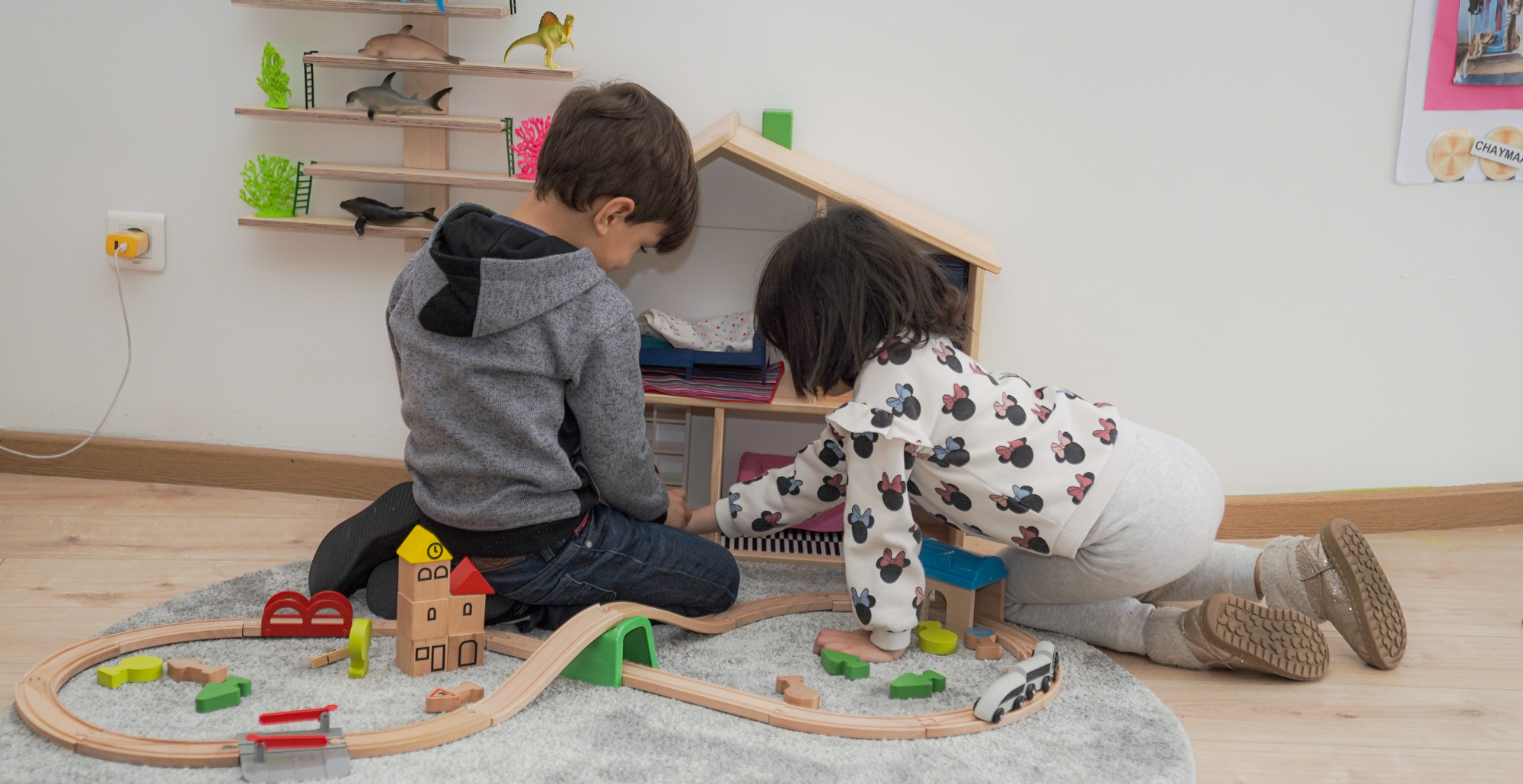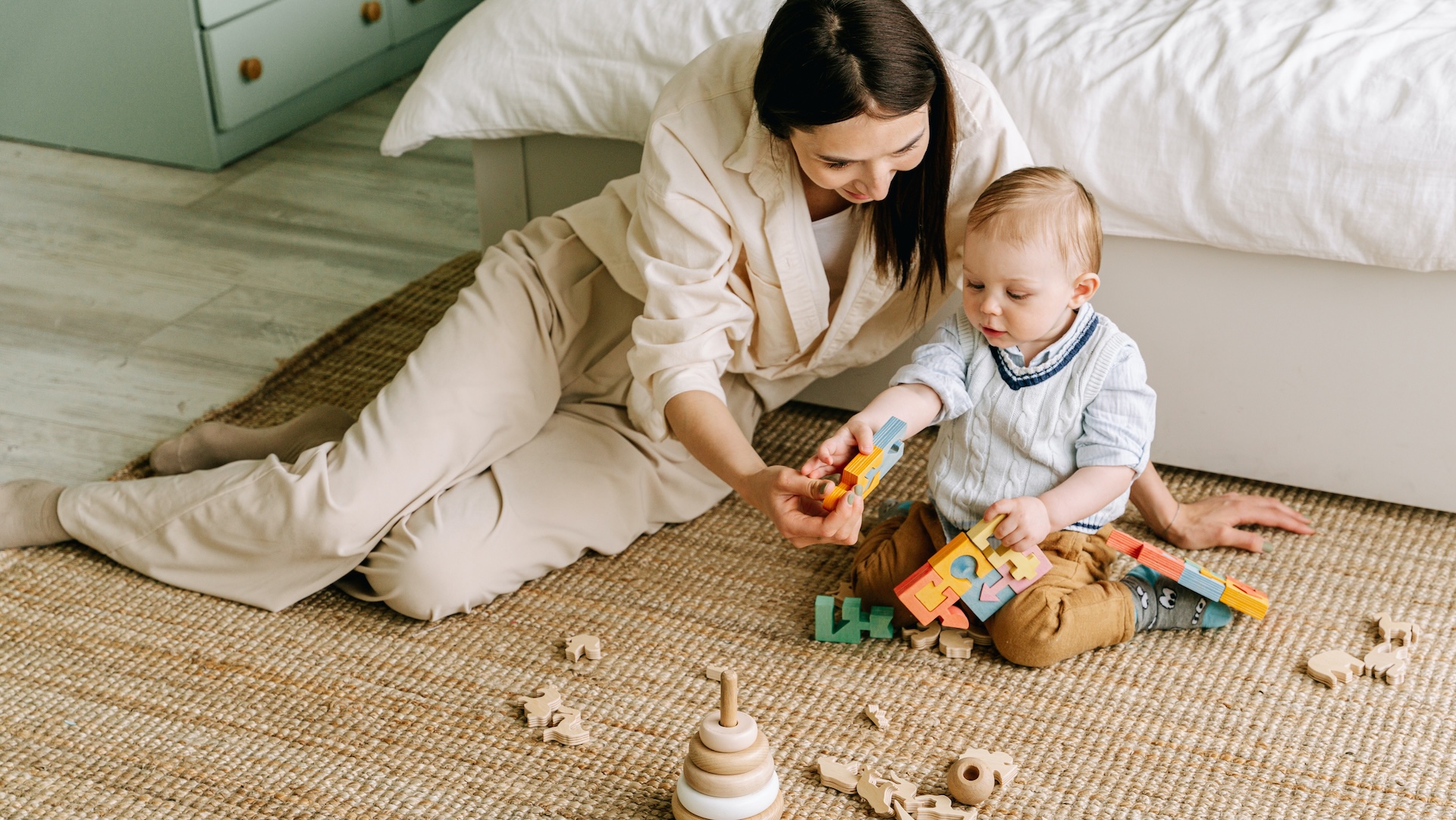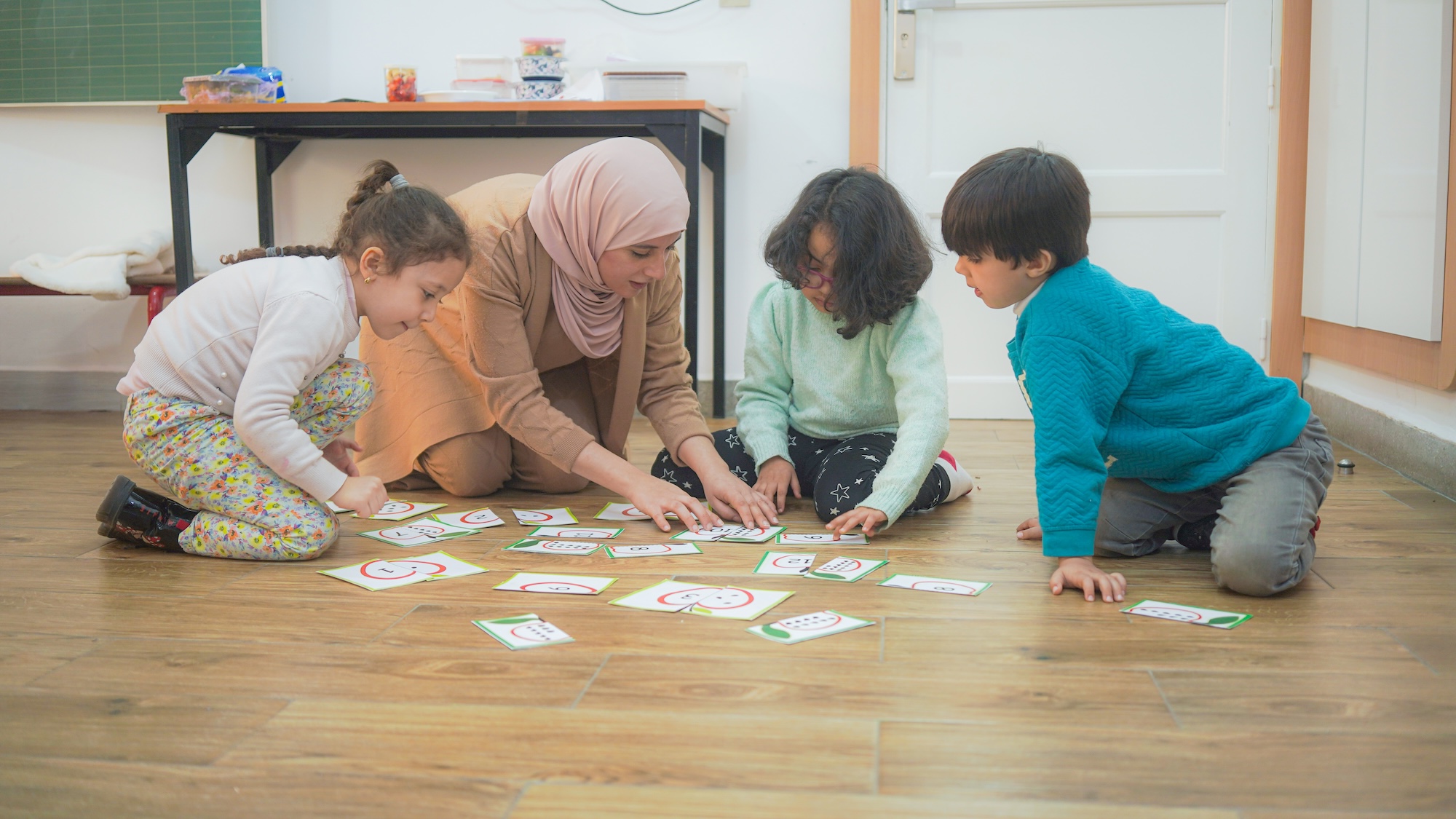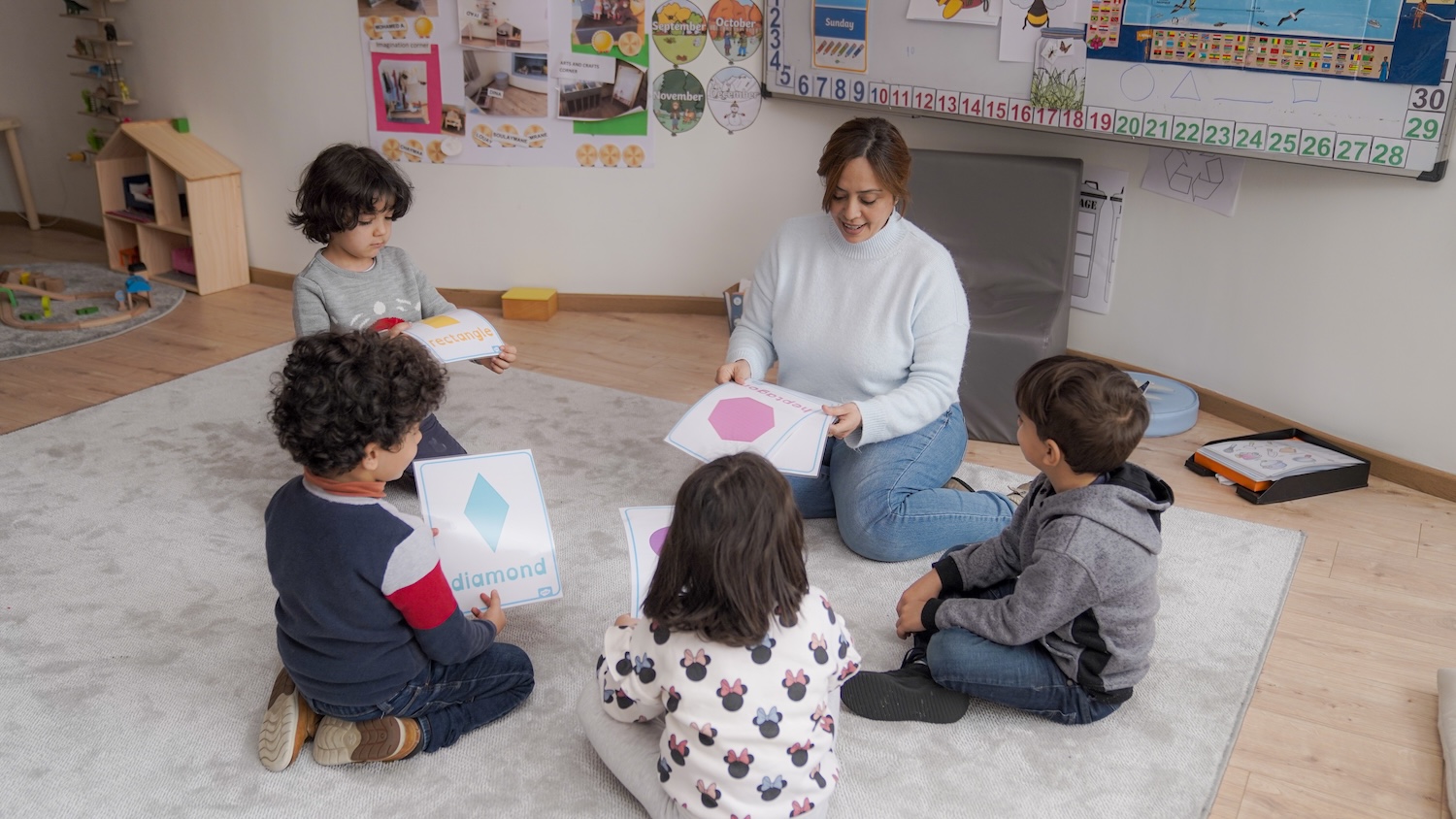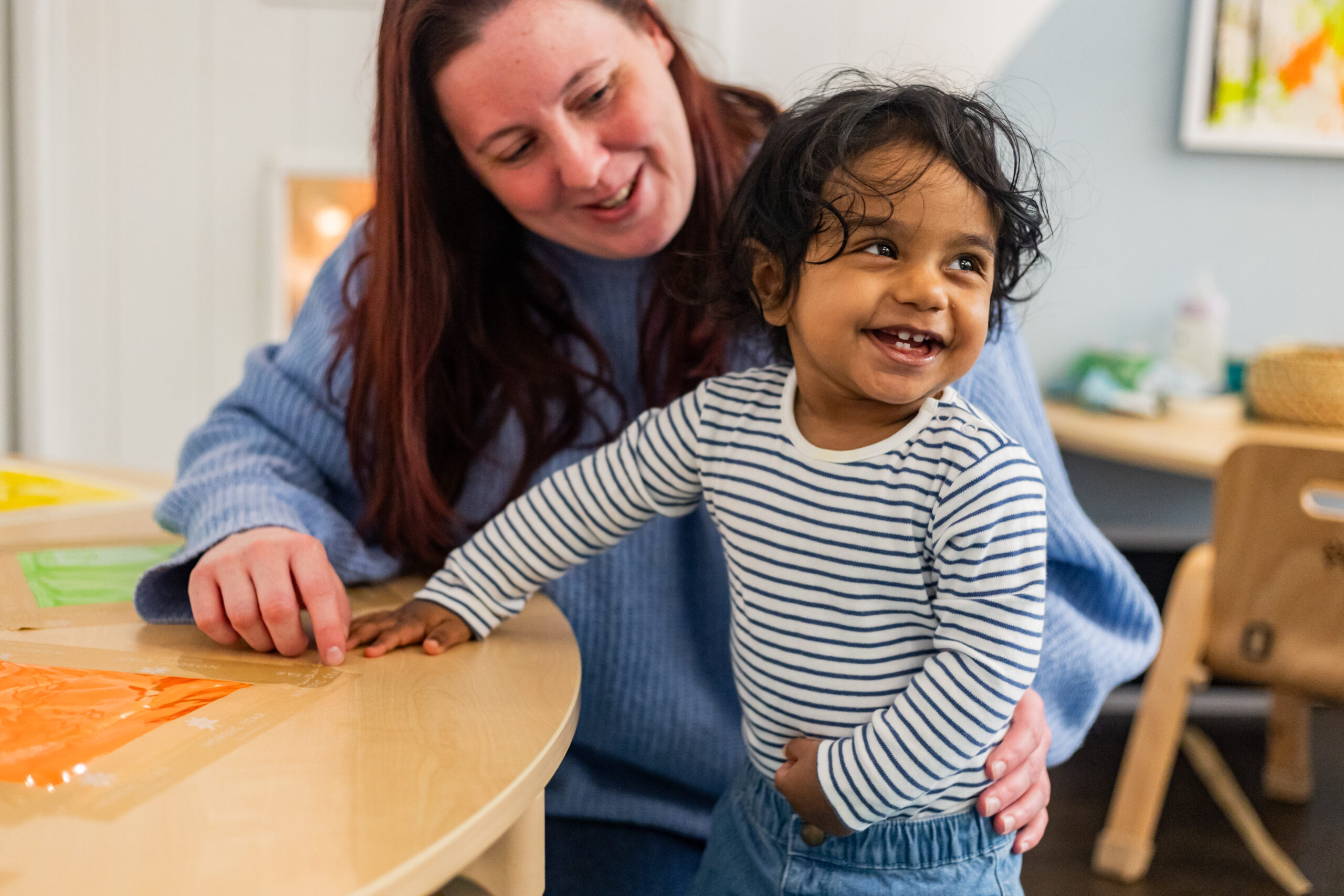Choosing the right preschool curriculum is one of the most important decisions a parent can make. After all, the early years lay the foundation for a child’s lifelong learning, social skills, and emotional well-being.
Two well-known names in early childhood education are the Montessori method and the Finnish preschool curriculum. Each is rooted in decades of research and practical success, but they differ in their approach to viewing children, learning, and the role of teachers.
In this article, we break down the key philosophies, structures, and outcomes of both approaches to help you decide which aligns best with your child’s personality and your family’s values.
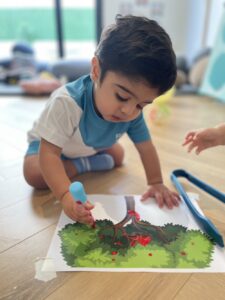
Why preschool curriculum matters
The early childhood years (ages 0–6) are crucial: up to 90% of a child’s brain capacity develops during this time. More than just letters and numbers, a high-quality preschool curriculum shapes how children think, communicate, solve problems, and relate to others.
“Early environments that emphasise play, connection, and exploration have stronger long-term benefits than rote academics alone.” — Harvard’s Center on the Developing Child
According to Harvard’s Center on the Developing Child, early learning environments that prioritise play, connection, and exploration foster stronger long-term outcomes than those focused solely on academics.
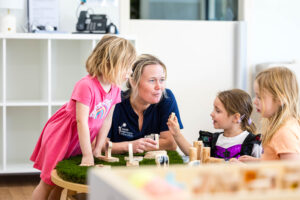
Montessori preschool curriculum – an overview
Origins and philosophy
The Montessori method, developed by Dr. Maria Montessori in the early 1900s, is rooted in a constructivist learning paradigm. Children are seen as sensory-motor explorers who learn through carefully prepared environments, structured materials, and self-directed activity.
Key features of the Montessori curriculum
- Mixed-age classrooms (typically spanning 3 years)
- Self-directed activities where children choose what they want to work on
- Emphasis on independence, fine motor skills, and practical life skills
- Teachers act as observers and guides, intervening minimally
- Carefully designed materials that promote sensory exploration and self-correction
Pros of Montessori preschool curriculum
- Builds independence, intrinsic motivation, and concentration
- Children learn at their own pace without pressure
- Calm, structured learning environment
However, some children, especially highly social or imaginative ones, may find Montessori’s individualistic approach less collaborative and more repetitive than they prefer.
Finland preschool curriculum – an overview
Origins and Philosophy
Finland’s education system is world-renowned for its child-centred, play-based approach. At FinlandWay®, we bring this philosophy to a global stage, rooted in the socio-cultural paradigm of learning. Children are seen as biological, psychological, and social beings who learn best through interaction, shared meaning-making, and guided exploration.
Key features of the Finland preschool curriculum
- Playful learning that balances freedom and gentle guidance
- Strong focus on emotional and social intelligence
- Phenomenon-based curriculum connecting different subjects through themes and stories
- No standardised testing, assessment happens through observation and dialogue
- Teachers scaffold learning and help children shape the curriculum together

Pros of the FinlandWay® Approach
- Supports creativity, resilience, and a love of learning
- Encourages cooperation and empathy
- Flexible for different learning styles, including neurodivergent children
- Blended online and on-site teacher training ensures high standards across locations
Did you know? In Finland, children receive curriculum-based early education from as young as 9 months.
At FinlandWay®, children feel safe, supported, and excited to explore their world.
Montessori vs. Finland preschool curriculum – key differences
Teaching approach
| Montessori | FinlandWay® | |
| Learning Paradigm | Constructivist: sensory-motor exploration through individual tasks | Socio-cultural: children as active agents, learning through interaction, play, and shared meaning |
| Teaching Approach | Self-directed, minimal teacher intervention | Guided play, scaffolding, participatory pedagogy |
| Curriculum Structure | Practical life, sensory education, language in phases | Holistic, phenomenon-based learning integrating multiple domains |
| Teacher’s Role | Observer, provides materials and steps back | Active guide, storyteller, co-creator of learning |
The Role of Language
In Montessori, language development comes after sensory and practical life activities, as an additional step.
In FinlandWay®, language is woven throughout: it’s seen as a tool for communication and connection, built naturally through daily teacher-child interactions, peer discussions, and storytelling.
Teachers and professional development
Both Montessori and FinlandWay® value supportive teaching over strict instruction. But their training and professional growth differ significantly:
Montessori:
- Typically requires one year of training through private organisations
- Limited ongoing upskilling or mentoring
FinlandWay®:
-
- Teacher training is built into the curriculum
- Ongoing professional development through a blended learning community and in-house assignments
- Methods align with Finland’s national early childhood standards: Playful Learning, Participatory Pedagogy, and Phenomenon-Based Learning
Assessment Style
- Montessori: Uses specific materials designed to provide feedback to the child. Teachers observe but rarely intervene.
- FinlandWay®: Teachers keep observational records and provide feedback through play and conversation. No pressure or performance testing.
Learning Environment
- Montessori environments are calm, structured, and tidy. Montessori requires licensed furniture and materials. This equipment can be costly.
- FinlandWay® classrooms are dynamic, often full of music, storytelling, and outdoor exploration. The classrooms are designed to be cost-efficient and scalable with digital resources and locally sourced materials. Children co-create their environment with teachers, so there’s no rigid categories or fixed materials.
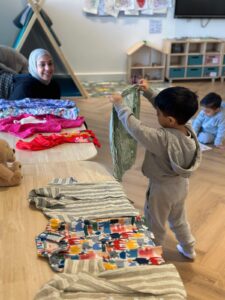
Every child is different, and that’s the key to making the right choice.
Consider your child’s personality
- Is your child highly independent, focused, and enjoys repetitive tasks? Montessori could be a great match.
- Is your child imaginative, social, and enjoys group play and storytelling? FinlandWay® may be a better fit.
Your family’s values and education goals
Ask yourself:
- Do you want a highly structured individual path, or a balance of emotional well-being, creativity, and social learning?
- Are you looking for a community-focused school where your child’s voice shapes their daily experience?
Why FinlandWay® might be the right fit
At FinlandWay®, we draw on the latest research in neurobiology, developmental psychology, and educational science to nurture the whole child, body, mind, and emotions. We believe children learn best through shared meaning-making, active play, and warm teacher support.
At FinlandWay®, the classroom is a mini-society where children learn social, cognitive, and physical skills through their own agency.
Unlike other systems, FinlandWay® supports teachers’ lifelong learning through blended training, a strong learning community, and practical tools they can use every day.
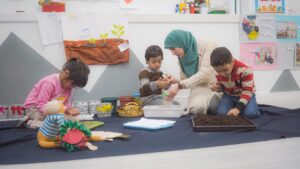
Expert insights & what the research says
According to UNICEF, high-quality early education improves academic outcomes, income potential, and social stability later in life.
And while both Montessori and Finland’s preschool curriculum show strong results, studies consistently praise Finland’s approach for:
- Reducing student burnout
- Supporting mental health
- Producing top academic performers by the time they reach adolescence
Want to dig deeper? Check these trusted resources:
- Harvard’s Center on the Developing Child
- Montessori Foundation
- Edutopia – Early Childhood Education
FAQ – Choosing the right preschool curriculum
Can I combine both Montessori and Finland methods?
Yes. Some schools blend approaches, using Montessori tools in a play-based, social setting like Finland’s. It depends on the school’s philosophy and training.
Which curriculum leads to better academic performance?
It depends on the child. Montessori builds self-discipline; Finland fosters well-being and creativity. Both support long-term success, but in different ways.
Finland’s preschool curriculum may offer more emotional support, group play, and teacher guidance, helping shy children build confidence at their own pace.
Conclusion
Both Montessori and FinlandWay® are excellent approaches, but they suit different children and family goals.
If you want an adaptable, playful, and emotionally nurturing programme that celebrates children’s natural curiosity while developing social and academic skills, FinlandWay® Schools may be the perfect fit.
➡️ Visit https://finlandwayschools.com and discover how we bring Finnish early childhood excellence to families around the world.
